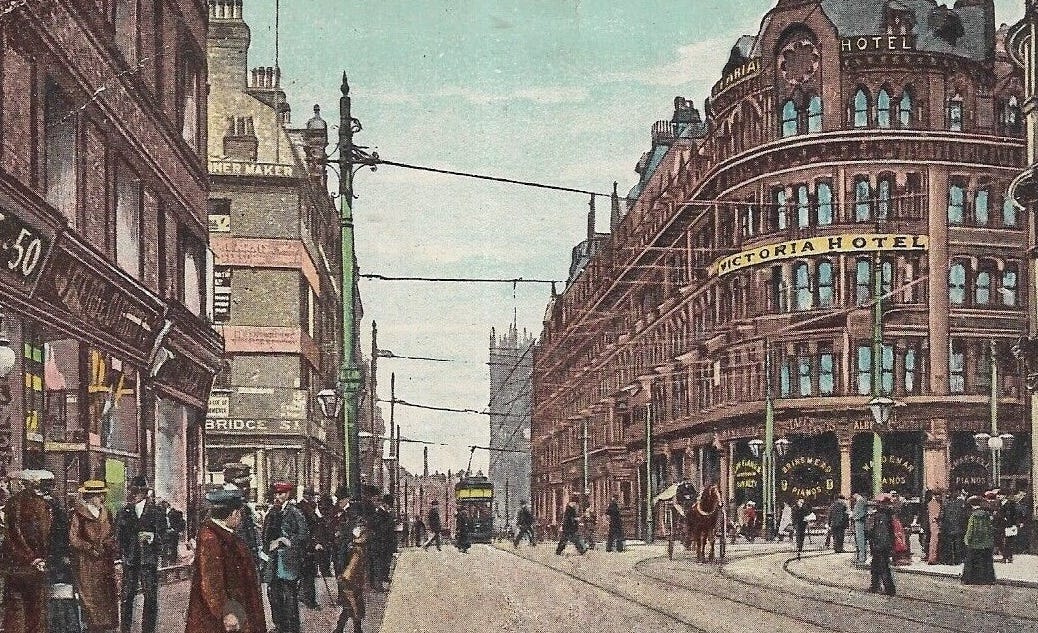Meet the Badger, Victorian Manchester's burrowing burglar
He earned his nickname by shuffling down coal chutes into the cellars during burglaries
John Currie was known by a few names, but mostly he was known as the Badger.
At 5ft tall, he had a unique method of breaking into shops — by lifting the coal grids and shuffling down into the cellars.
But his nocturnal burrowings might not be the only reason for his nickname.
Looking at his prison reco…



